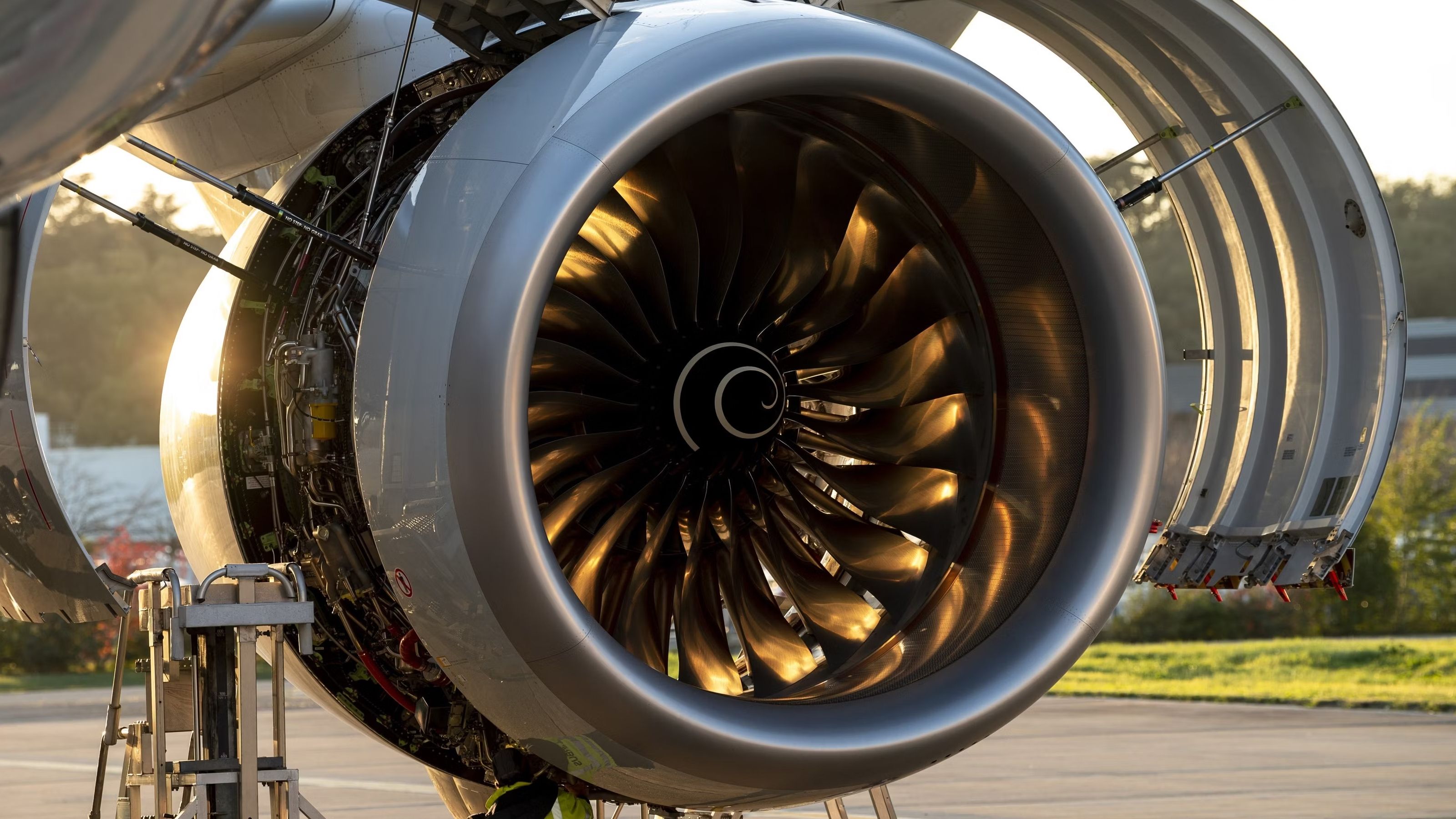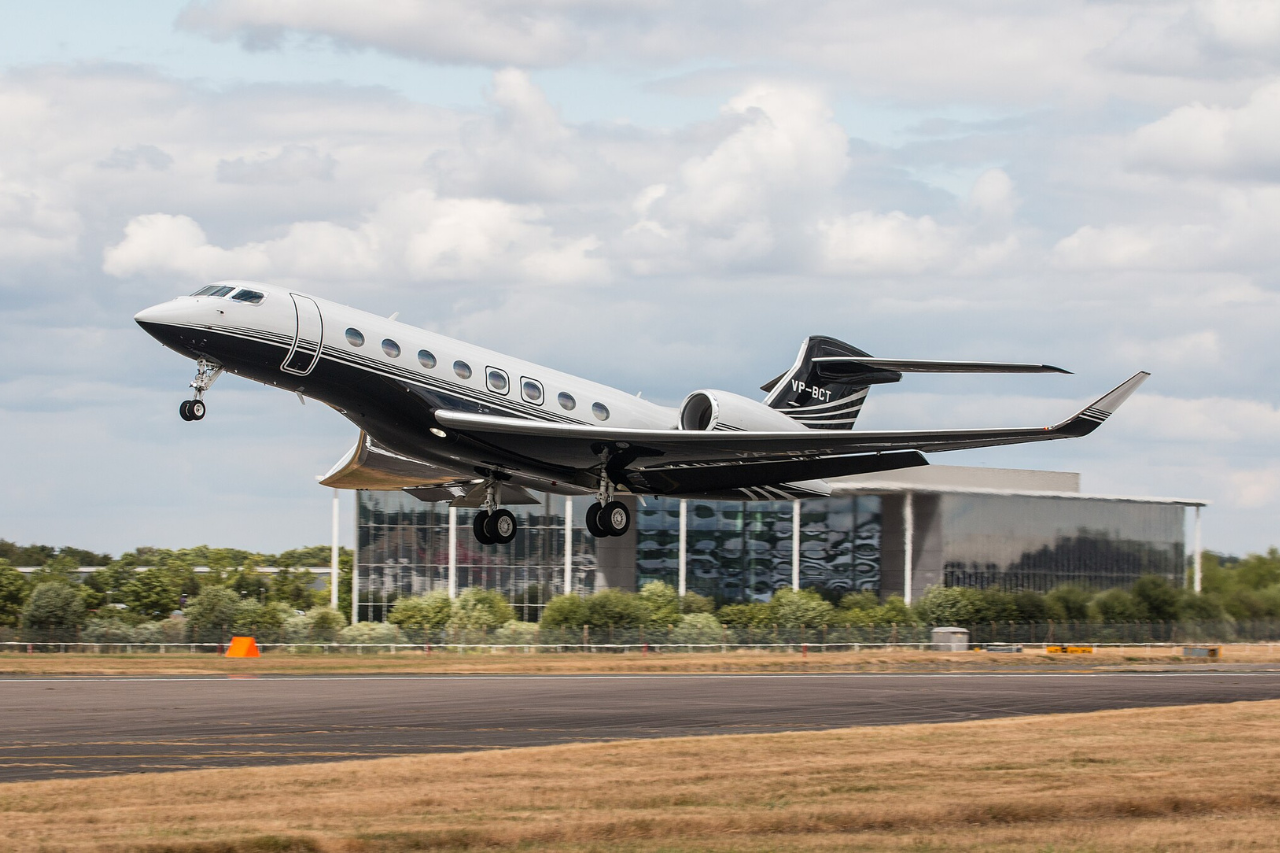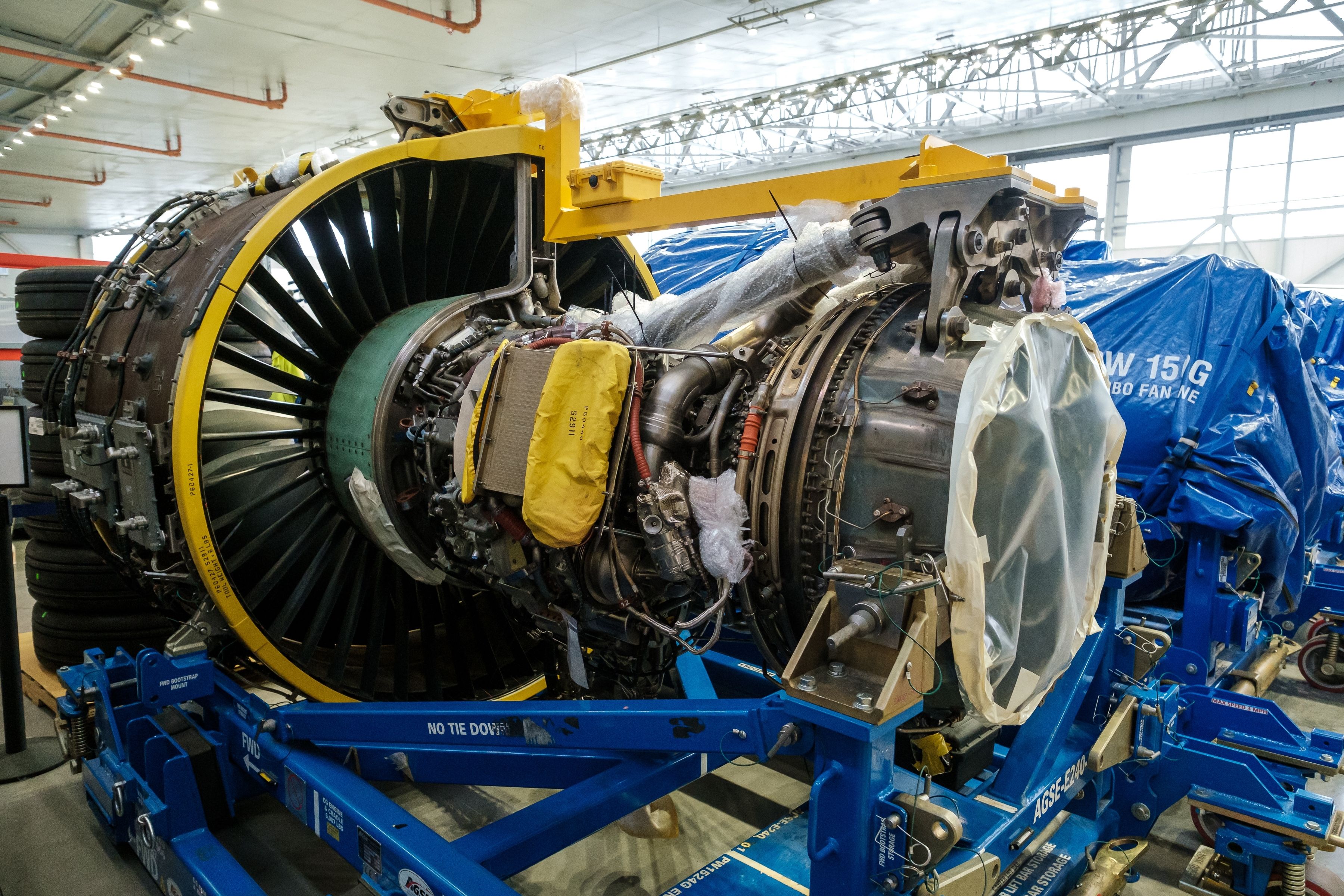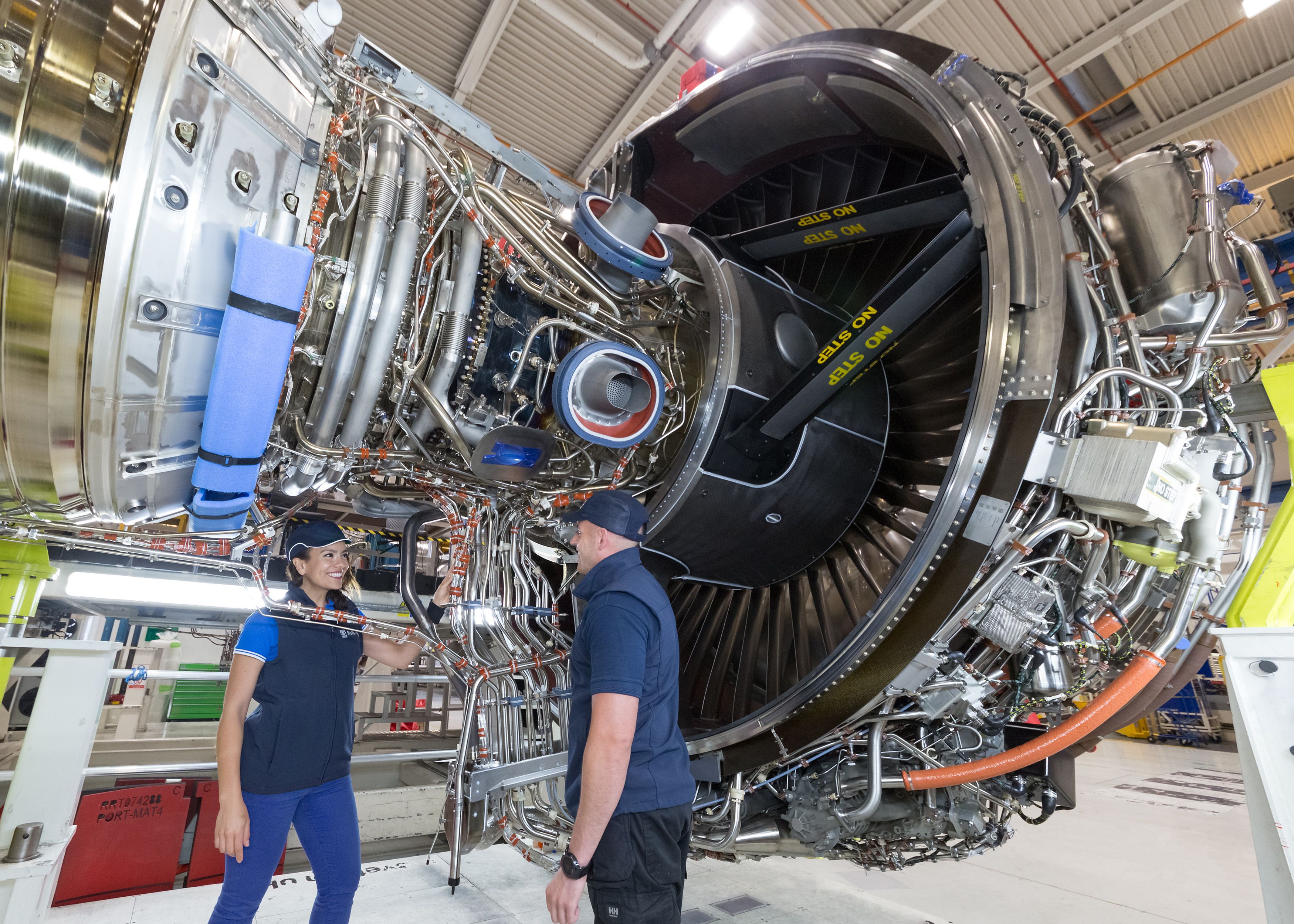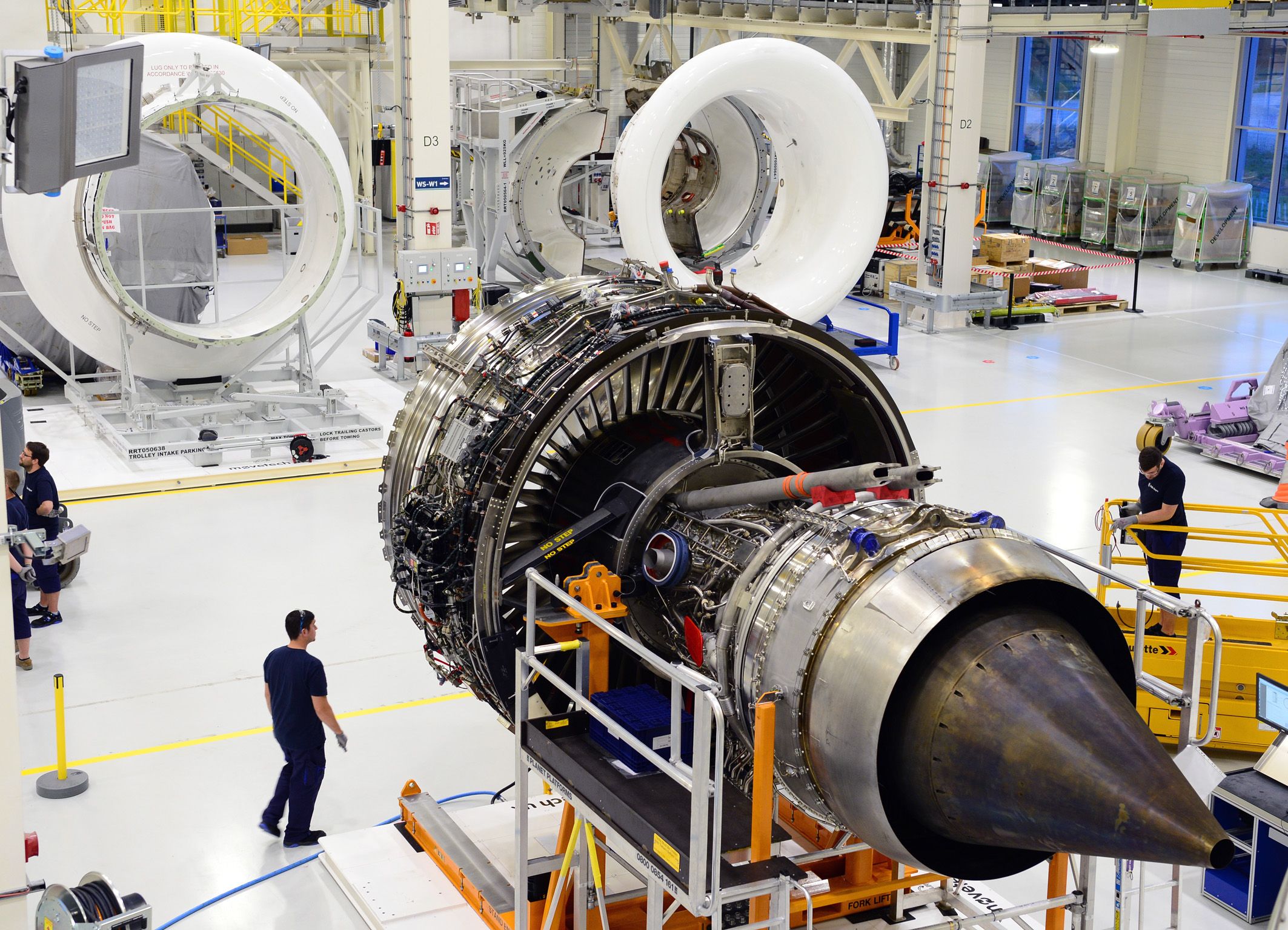Summary
- Jet engines are complex and costly due to their sophisticated designs, use of expensive materials like superalloys, and the need for precise machining.
- The cost of a jet engine varies depending on its size, complexity, and operational capability.
- Small engines for light aircraft can cost between $40,000 and $70,000, while larger models for business jets can range from $1.5 to $3.5 million.
- Commercial airliner engines, like those for the Boeing 777 or Airbus A380, can reach $25 to $45 million. Military aircraft engines can be even more expensive.
Jet engines are some of the most complex machines ever built. These engineering marvels feature extraordinary materials, robust engineering, and precise machining. The amount of time and effort put into the research and development of a jet engine, its development, mass production, and testing is monumental.
Jet engine manufacturers do not generally advertise the list price of commercial engines. However, the cost of modern commercial airliner engines runs into the tens of millions. The exact cost of an engine depends on its size, complexity of design, and operational capability. Modern engines are designed to last anywhere between 20 and 40 years. This article discusses the estimated list prices of modern engines.
Notably, the actual amount paid by the customers is significantly different from the list price. Customers often get great discounts on bulk purchases and as a result of their business relationships with the manufacturer.
Small engines
Piston engines used on small General aviation aircraft such as the Cessna 172 can cost between $40,000 and $70,000. Such engines are fixed-pitch propeller engines with relatively low horsepower (similar to that of a large automobile engine). Small piston engines that power light aircraft (with a passenger capacity of 2-4) are cheaper than high-power engines.
Turboprop engines that power larger aircraft (40-70 passengers) require much higher horsepower and, hence, are larger and more expensive. Such products cost in the range of $700,000 and $1.5 million.
Small turbofan engines in a similar range, powering heavy business jets such as the Gulfstream G650, cost between $1.5 and $3.5 million per unit. While most business jets this size carry between 18 and 28 passengers, long-range aircraft missions require fuel-efficient engines.
Medium engines
Medium-sized turbofan engines, such as Pratt & Whitney PW1500G and CFM International LEAP, are much larger and significantly complex in design and functionality.
Such engines have a high power requirement for 100-200 passenger capacity aircraft, like the Airbus A320 and Boeing 737. Such engines cost anywhere between $10 and $15 million.
Large engines
Massive turbofan engines that power some of the largest airliners, including Boeing 777, Airbus A350, and Airbus A380, are enormous and significantly more complex. With high power requirements, such engines can cost between $25 and $45 million. The largest commercial engine in the world, the General Electric GE9X (yet to be put to service with the Boeing 777X), comes at a whopping $42 million.
Military engines can be much more expensive than commercial aircraft engines, depending on their design and operational capabilities. While the cost of typical military aircraft engines is rarely published, Raytheon’s Pratt & Whitney received a Naval Air Systems Command contract in June 2022 of up to $8 billion to power 178 F-35 fighter aircraft. Given that the contractual amount is used solely on the cost of engines, it comes out to be nearly $45 million per engine.
Why are jet engines expensive?
Complex designs and comprehensive testing are two key factors defining a jet engine’s cost. Jet engines have to be lightweight, robust, fuel efficient, and safe, all at the same time. With operating temperatures reaching 2,700 degrees F (1,500 degrees C), expensive temperature-resistant superalloys are used in jet engines.
To put things into perspective, a ton of carbon steel costs approximately $500, whereas a specialized nickel-chromium-based superalloy can cost nearly $50,000 per ton. Moreover, tight machining and precise tolerances make jet engines complex and time-intensive.
To comply with safety regulations, jet engines must go through a comprehensive testing series. Jet engines undergo extreme environmental and operational conditions in a test cell and on a testbed (test aircraft) before being certified for operation. An average turbofan engine may require up to 10,000 engine flight cycles (EFC) during certification testing.
What are your thoughts on the cost of jet engines? Share your opinion in the comments section.

